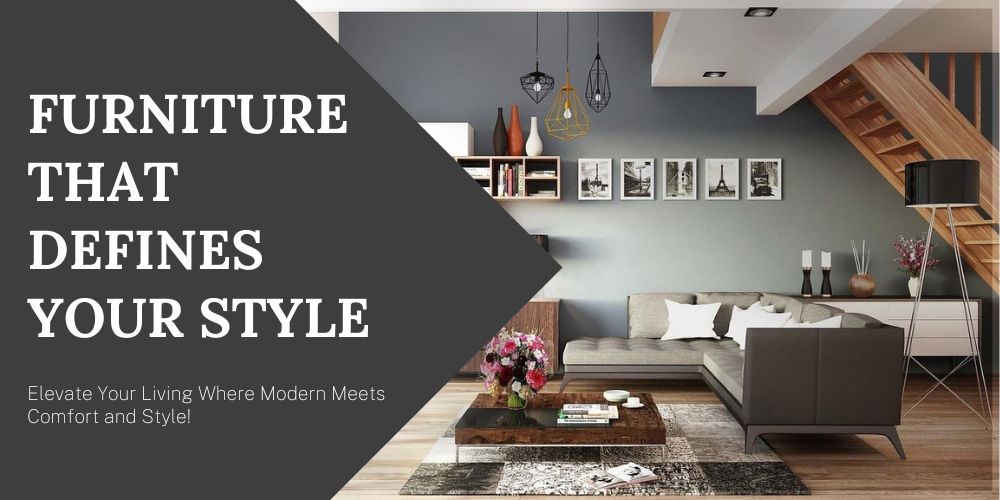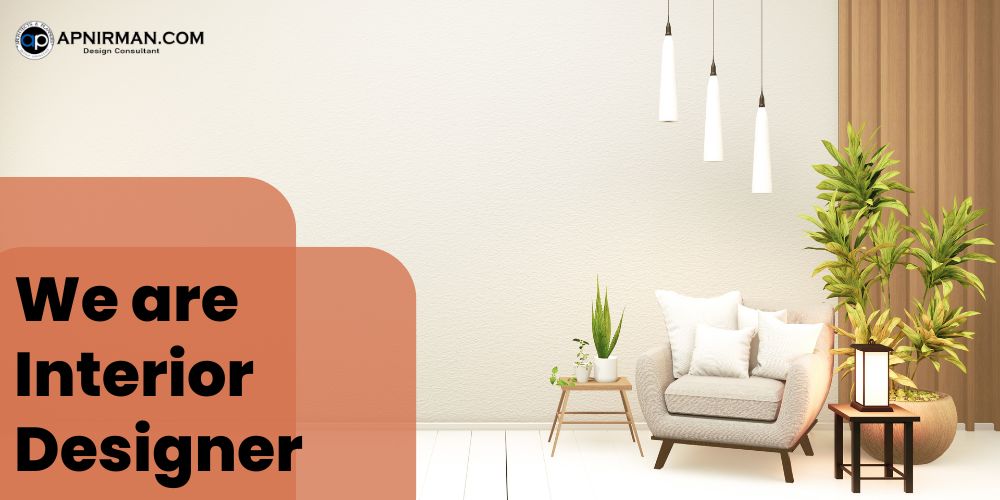
Constructing or refurbishing your ideal house need not come with a hefty price tag. Of course, there is no compromise on quality and beauty, but one can also get the desired results without going overboard. With proper preparation, intelligent decisions, and other options looked into, it is possible to design a gorgeous home that says a lot about one’s character without costing an arm and a leg. In this blog, we’ll focus on the ways of how to set an estimated cost for your home design project, how to cut architectural costs, cheap substitutes for high-rise construction materials, and how best to promote the desired home design and not really spend a fortune in the process.
Tips on Creating a Budget for Safe and Managed Home Designs
The first step to making your dream home design can be achieved without burning a hole in your pocket involves coming up with a workable budget. This is because it aids not only in the detailing of the project but also in constraining the costs. Here is how you should come up with an apt budget:
Establish Your Overall Budget First
The first thing that should be done is determining the amount that is realistic and at the same time the project is not going to be a burden for you. Look at every means of funding that you have, be it personal savings or loans taken for that purpose, and fix a number you are able to cope with.
Break the Costs Down
AO – Divide your overall budget into a number of separate components, for example, each of which would include design fees, permits, materials, labor, and a few miscellaneous costs. This is so that you can understand better where your funds are being spent and where they need to be trimmed.
Prioritize Essential Features
Write down the components that you cannot do without which can include but not limited to certain design elements, grade of materials or ecological systems. Higher percentage of such components will be included in your budget, and you can omit certain features that are not very important.
Add a Contingency Either
It is imperative that you set aside approximately 10% to 15 % of your overall project cost as a contingency allowance in case of unforeseen circumstances or changes towards the end of the project. This protection policy guarantees that you will not exhaust the funds before you complete your project.
Monitor Spending
During the execution of the project and after its completion, all expenses should be reported and accounted for. Either use budgeting software, or a plain spreadsheet to incorporate the costs as you progress with the work. This helps curb excessive expenditure and ensures that the progress of the work conforms to the set budget.
Ways to Save Money on Architectural Design Services Eagle Architects
Many people picture hiring an architectural design firm as an expensive endeavor, but it is worthy to note that it,however, does not have to be. These are some of the ways to cut design costs while maintaining quality:
Use of ready made architecture offers.
Most firms have ready designs, or rather when you ask for a houseplan, they have a library of many designs build which can be adapted There is often a charge somewhere in the range of half the costs incurred when starting afresh.
Choose Smaller Local Firms
For example, smaller local architectural firms or freelance designers typically tend to be cheaper than large conspicuous firms. They are also likely to know how best to work with local codes and the materials available hence may save on some costs.
Build and design
Besides construction, some of them can also do the assembling which cuts down expenses as the processes remain within one cos resource firm where there is little room for errors caused by disparate section working.
Insist on Estimations
Let them provide the detailed quotations so that you assess the prices of the services offered by each firm. This will enable them to present the lower rates and be able to bargain accordingly.
Reduce Edits
The more the edits, the more the time and the money. Try to define your design concepts as early as possible and limit changes once the actual design work has commenced.
Cheap substitutes of conventional construction elements
Utilizing low-cost materials for construction maximizes the income earned from the home design project. Here are some of the options that can be looked at:
Engineered Wood vs. Solid Wood: Engineered wood gives the look of solid wood but is much cheaper and does not warp or shrink as much.
Concrete Blocks vs. Bricks: Concrete blocks are cheaper and simpler to put in place than conventional bricks, but have a good density and thermal resistance as well.
Recycled or Reclaimed Materials: In addition, you can think about incorporating some green resources into your project, such as salvaged timber, reclaimed glass or wrought iron. Such elements are unique and personalizing for one’s house and the best part is they can be cheaper than getting new ones.
Vinyl Siding vs. Natural Stone: Vinyl siding is typically cheaper than natural stone or wood cladding, while still imitating the appearance quite convincingly. It is also long-lasting, low maintenance and helps save energy.
Laminate vs. Hardwood Flooring: Compared to hardwood floor covering, a laminate floor covering is cheaper since it reproduces the tools and quality of the hardwood floor at a very low cost.
Final Thoughts:
I do not think that achieving your ideal home design is about spending a lot of money. Fixing a workable and obtainable budget, opting for appropriate materials, and more so finding creative design methods makes it possible to achieve the desired look within one’s vision as well as within one’s monetary constraints. The critical factors are to strategize properly, consider other alternatives, and most importantly, be ready to give up on less important features. If you employ the right techniques, there is no need to worry that you will not construct your home of dreams because of financial constraints.


